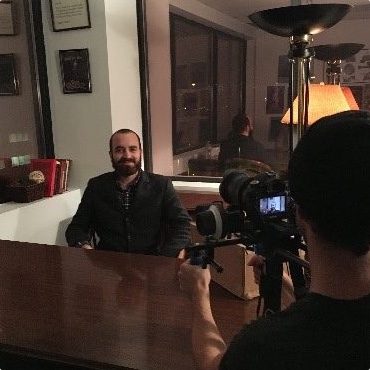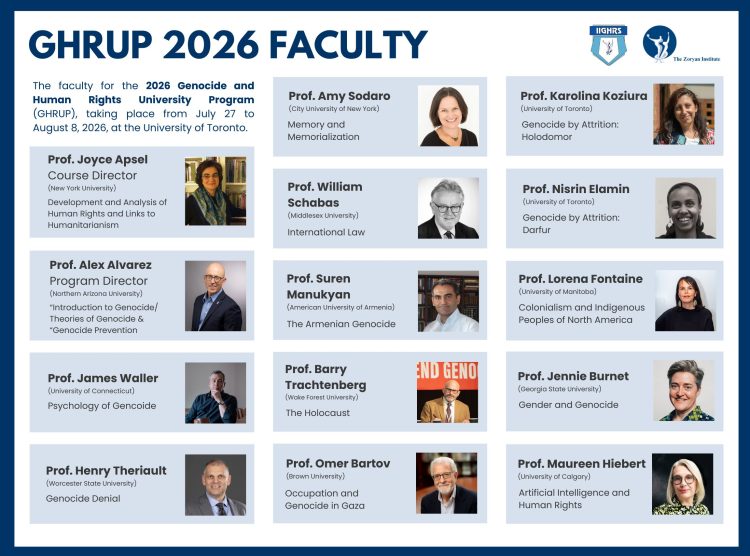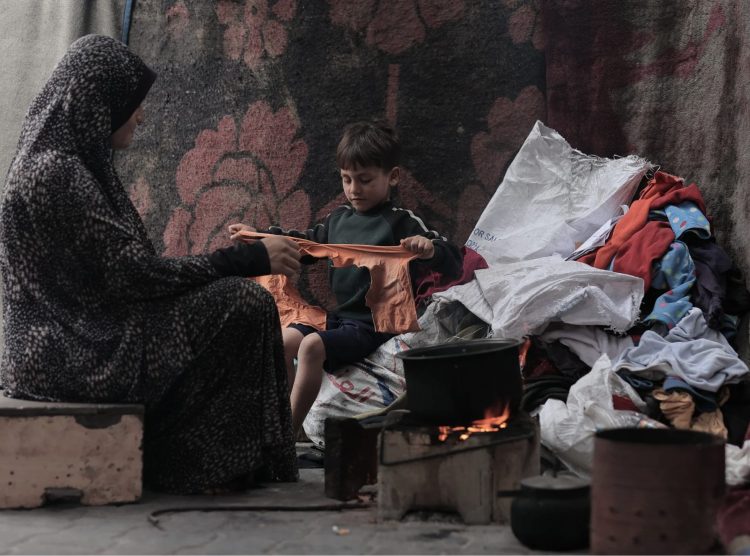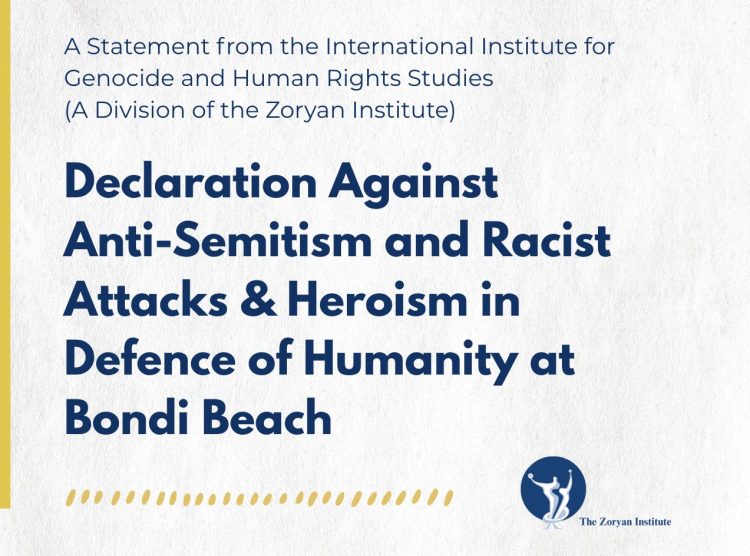TORONTO, Canada—The Zoryan Institute has officially launched its Syrian-Armenian Refugee Oral History Project conducting its first interview on Nov. 7. With this project, the Institute seeks to interview Syrian-Armenian newcomers and document their lifestyle in Syria prior to the war, their migration, and their experience of settling in Canada.
The Institute’s main objective with this program is to capture what life was like prior to the outbreak of war and document culture, traditions, and history. In addition, the project will seek to understand the effectiveness of refugee integration programs in Canada and to document first-hand accounts to serve as a tool for analyzing sociological, anthropological, and historical patterns and trends prior to, during and after migration due to conflict.
The current conflict in Syria has caused one of the largest refugee exoduses in recent history. Since the first wave of refugees arrived in December 2015, Canada has welcomed over 33,000 Syrian refugees, and thousands of these newcomers are of Armenian descent.
Syria has often served as a refuge for Armenians who fled from atrocities and persecutions, such as the Armenian Genocide. Armenian communities of Syria have integrated their Armenian identity into their everyday lives as evidenced by their cultural, religious, social, and political organizations. This project will document this latest Armenian forced migration, what the Armenians experienced in their own voices, and how they are preserving Armenian heritage and identity in this latest development of the Armenian Diaspora.
A successful project of the same nature was conducted by the Zoryan Institute in 1983 titled, The Armenian Genocide Oral History Project. This project comprises a collection of audio and video tapes containing carefully prepared oral history interviews with over 700 survivors of the Armenian Genocide, making it the largest collection to date. These archival materials are located at both the Institute’s U.S. and Canadian locations and are frequently accessed by scholars, students, film-makers, and other interested parties. A complete catalogue of this collection is available on the Zoryan Institute website, www.zoryaninstitute.org/archives.html.






